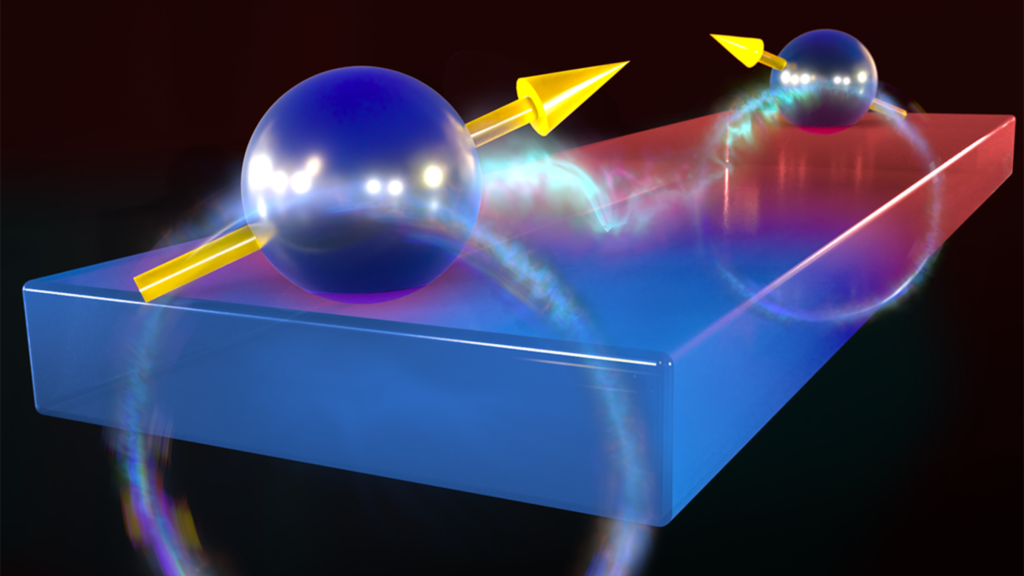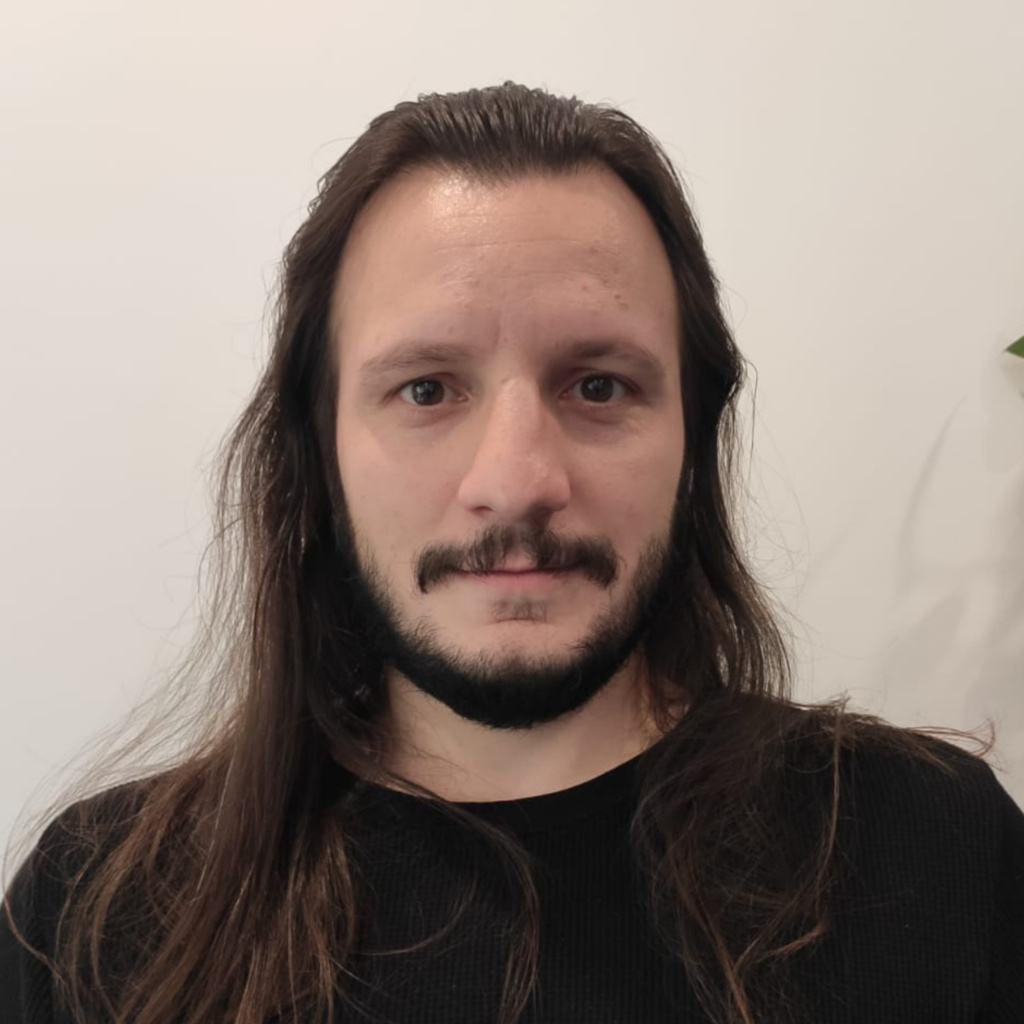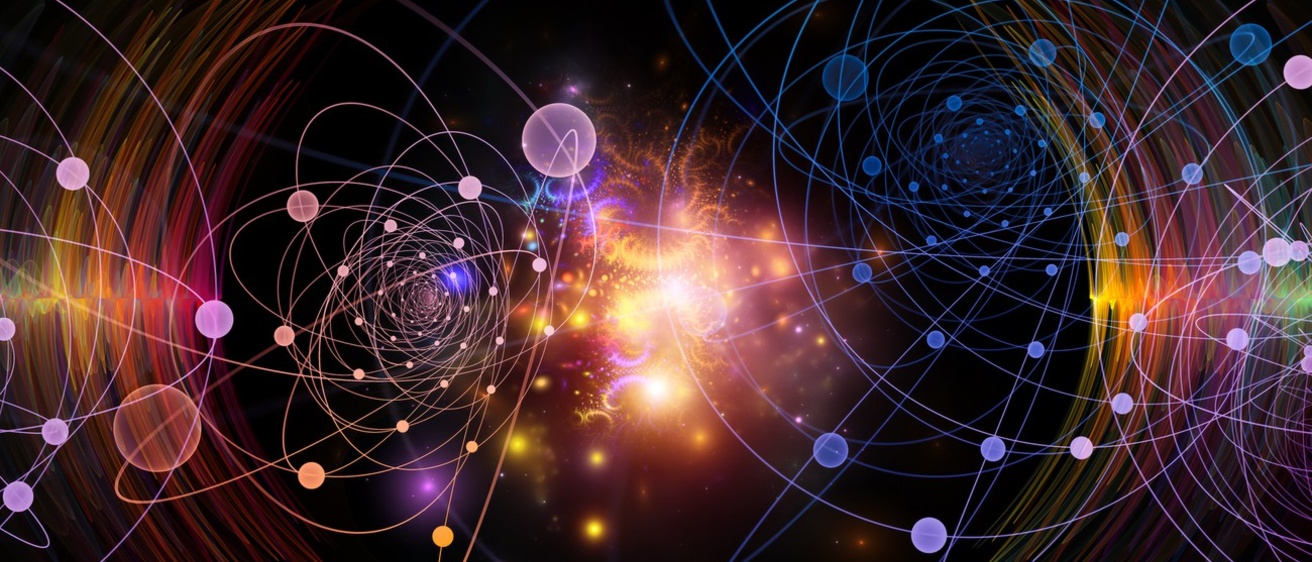Main navigation
Quantum Information Science (QIS) builds on the fundamental differences between classical and quantum physics to realize the next-generation applications in computation, secure communication, and sensing. The basis of this “quantum advantage” is intrinsically quantum mechanical properties such as superposition, unclonability, and entanglement. The fundamental building block of any QIS application is a qubit, which is the analogue of classical bit that can be either ‘0’ or ‘1’. Unlike its classical counterpart, the principle of quantum superposition allows qubit to simultaneously be ‘0’ and ‘1’. This small change enables a quantum system to store 2^N bit of information using just N bits, while a classical system can store only N bit of information. This remarkable increase in information storage is at the heart of quantum computing and presents a possible paradigm shift in solving challenging problems such as drug design, many-body problems in particle physics, and search algorithms. Unclonability of a quantum state creates new opportunities for unbreakable cryptography and helps us detect eavesdropping, paving way for next-gen secure communication. Entanglement is another such property that is crucial for quantum computing and quantum communication, but in addition can create highly accurate sensors that are impossible classically.
Research by the faculty in the Department of Physics covers all three areas of QIS. The study of light-matter interactions in novel semiconductor heterostructures, including quantum dots coupled to photonic crystals and topological photonic nanostructures, is pursued towards creating high-quality entangled qubits for realizing practical applications with a quantum advantage. Realizing the full potential of QIS requires coherent qubits, as decoherence leads to noise and errors and thus a loss of advantage. Therefore, we seek answers to questions such as: Why do electron spins have millisecond coherence times at room temperature in some materials? How do you control matter with external fields without decoherence? What is the scale of quantum resources required for practical quantum simulation and computation? The results from such questions have led to new methods to couple and address distant qubits in diamond nitrogen vacancy (NV) spins through a magnonic bus for more convenient readout, or through spin defects in pin diodes. Quantum sensing using spin states in NV diamond are investigated for detecting very weak magnetic fields. Novel single-photon detectors based on organic chromophores are studied for low-cost quantum detection that is essential in all quantum technologies. Quantum transduction, a method for transferring information between two physical systems (e.g., photons and electrons) is proposed employing non-Hermitian hybrid quantum systems. Concurrently, quantum simulation of lattice gauge theory is developed to describe fundamental particle interactions that are inaccessibly large for classical computers.
As quantum information science is an interdisciplinary endeavor, research in the area occurs in other departments and colleges on campus, including math, chemistry, and engineering, with whom our faculty collaborate.
Graduate courses are offered in quantum computing (PHYS:4905/PHYS:5905), and quantum optics (PHYS:6723).
News

UI Researchers Study Quantum Floating Phases

In novel quantum computer design, qubits use magnets to selectively communicate
Quantum Information faculty

Denis R. Candido, PhD

Michael E. Flatté, PhD

Thomas Folland, PhD

Yannick Meurice, PhD

